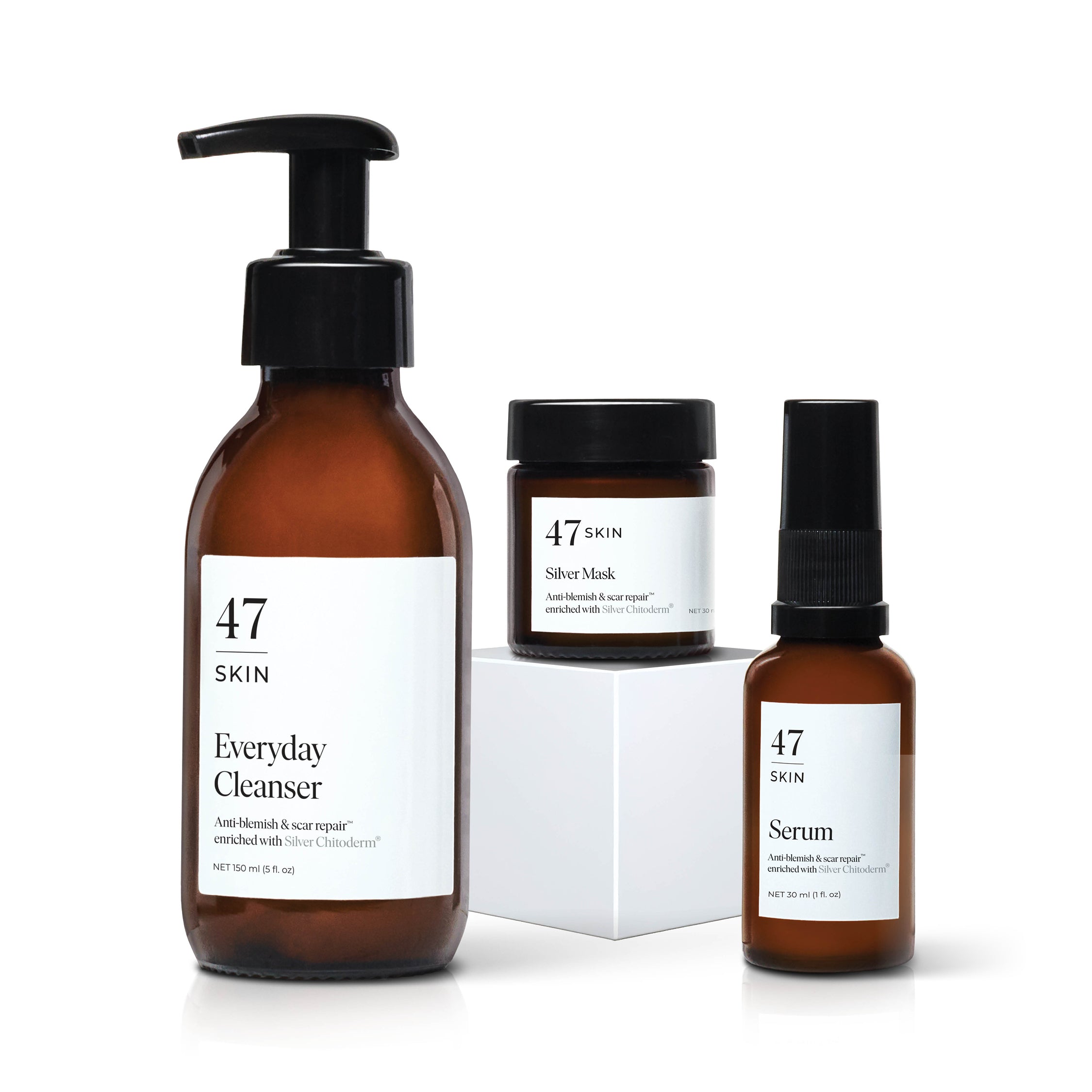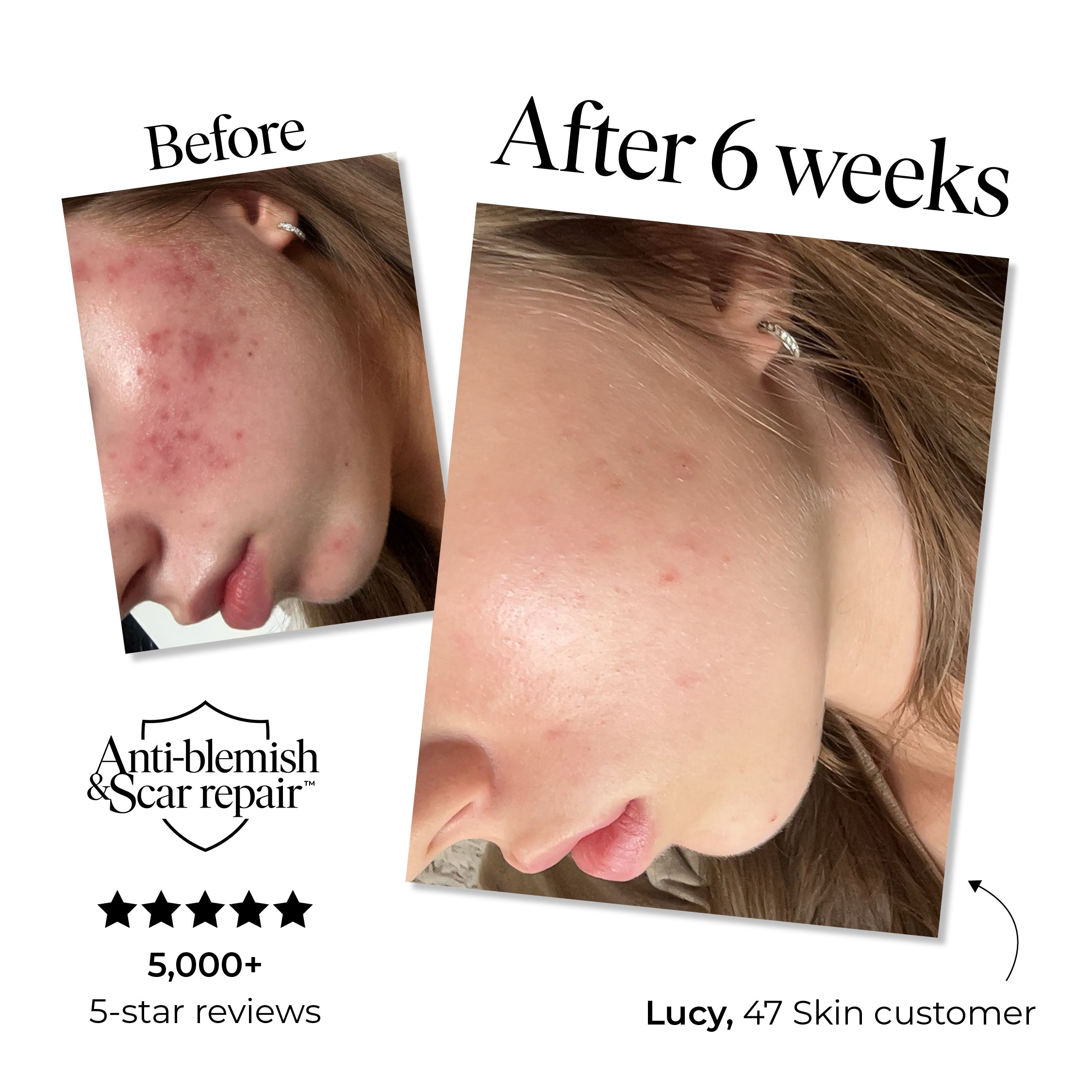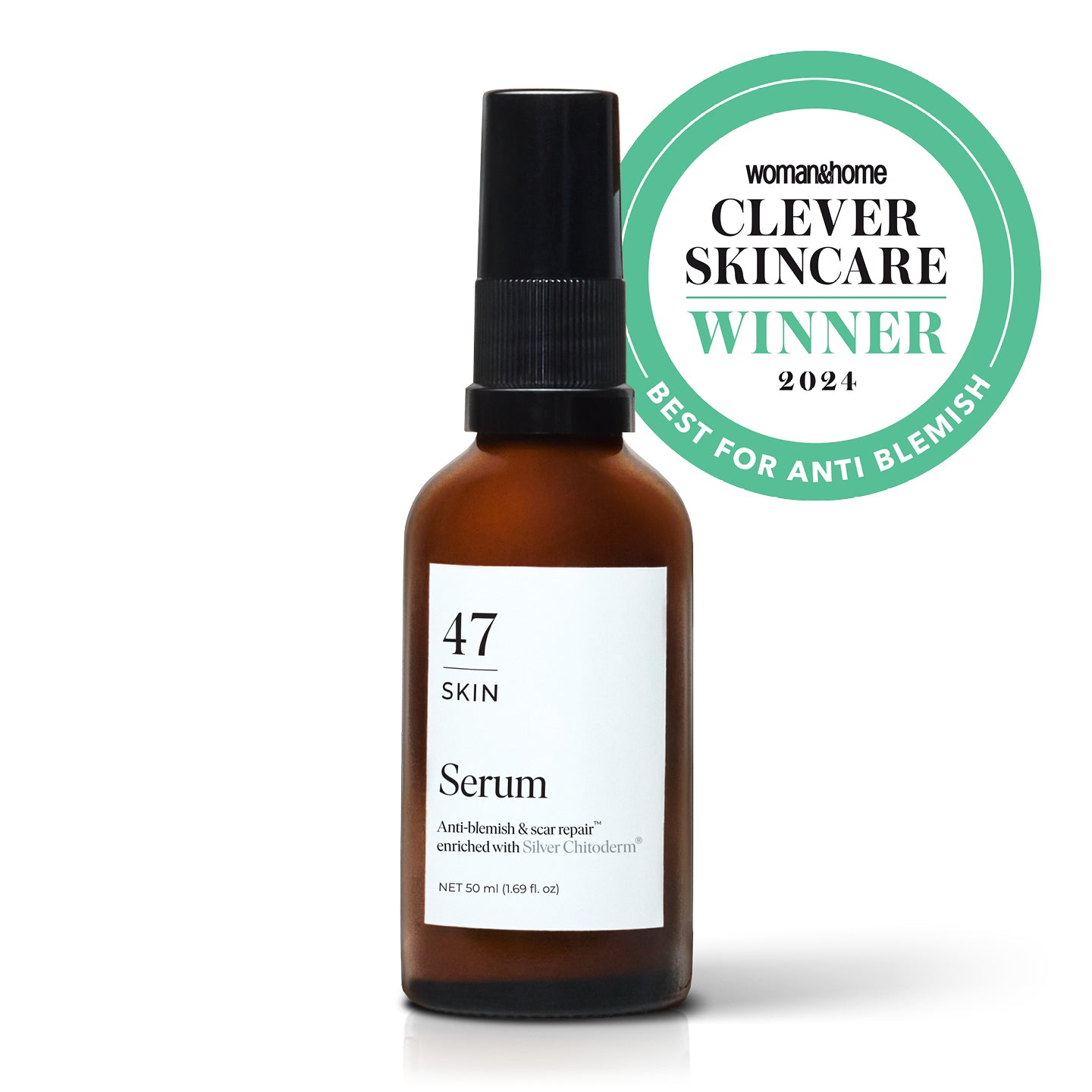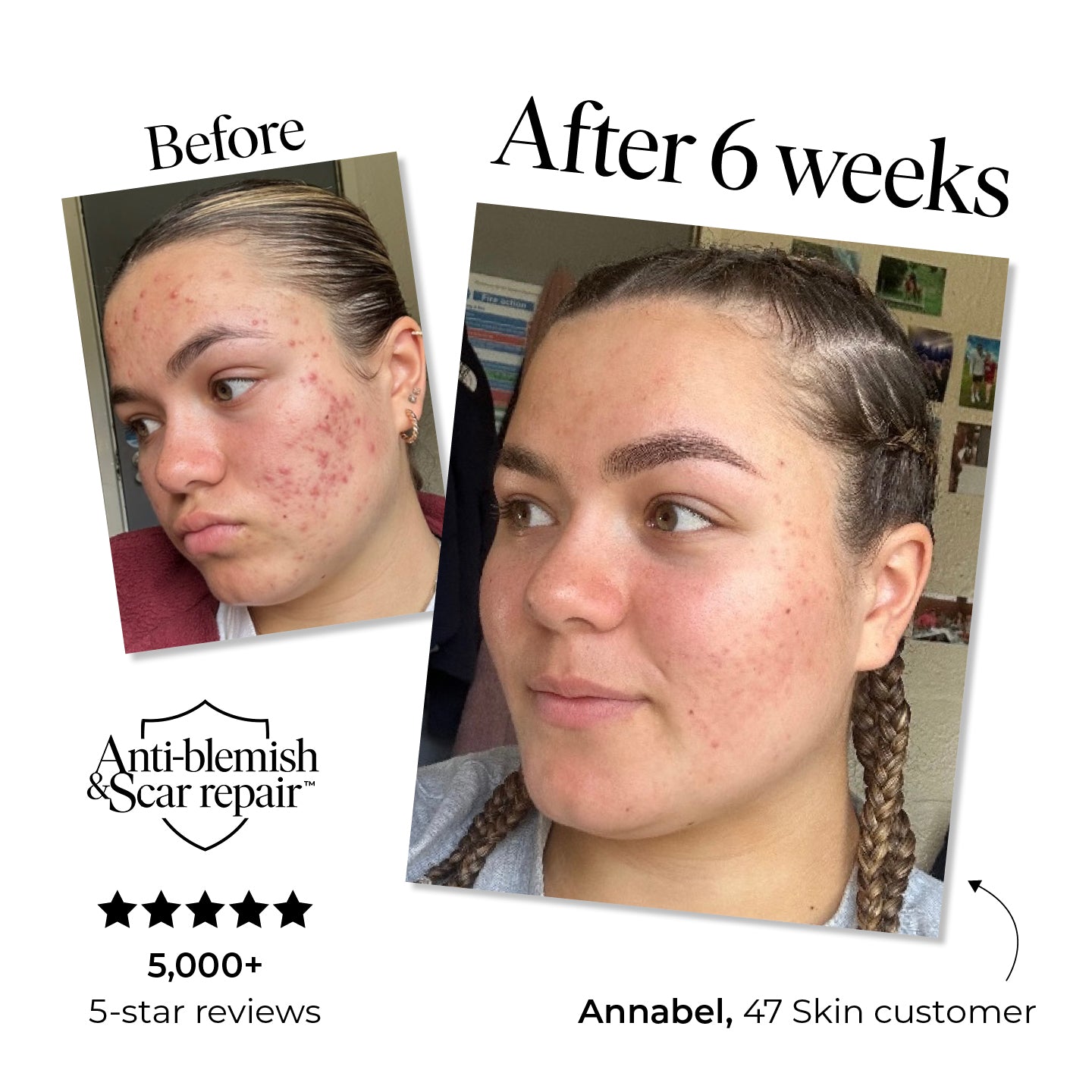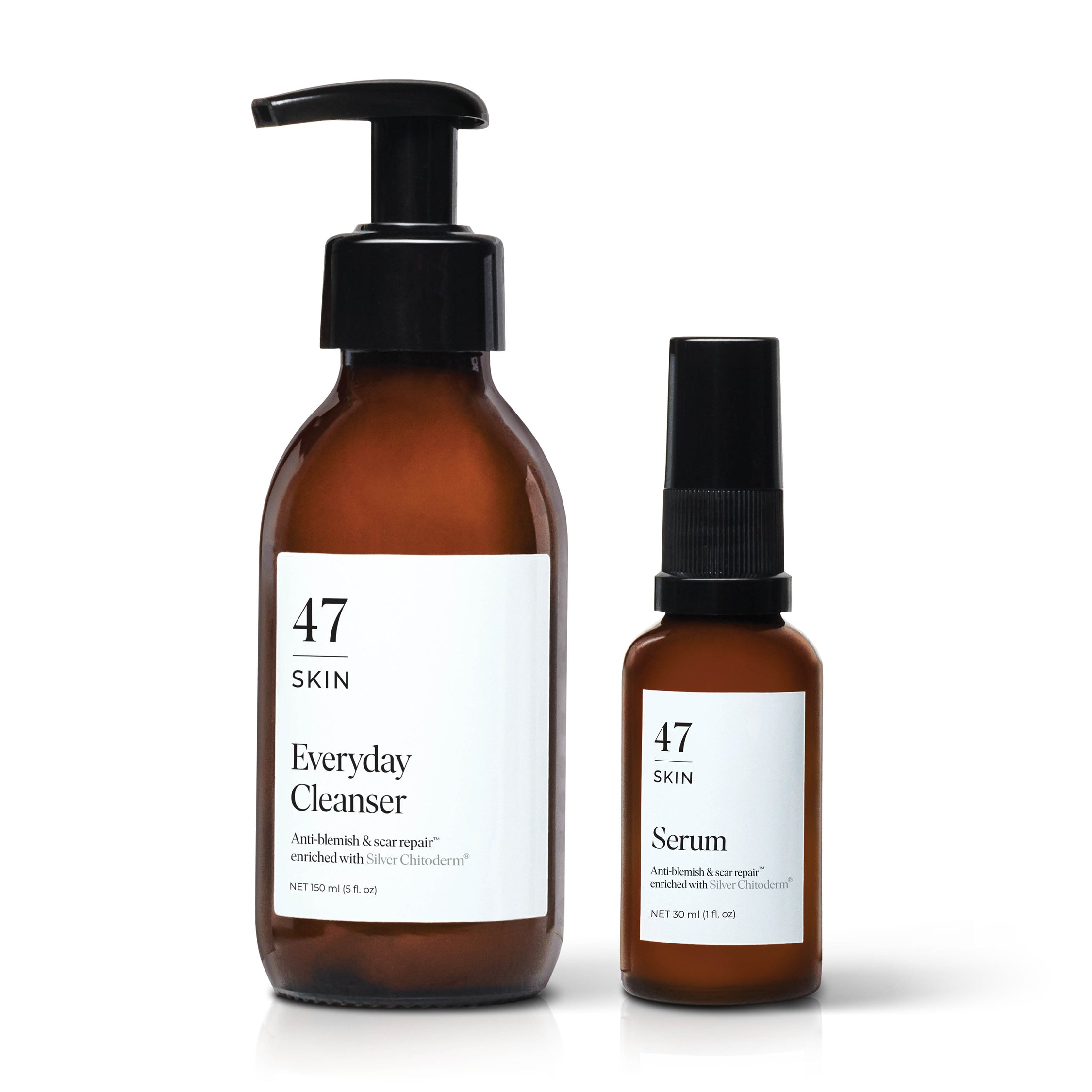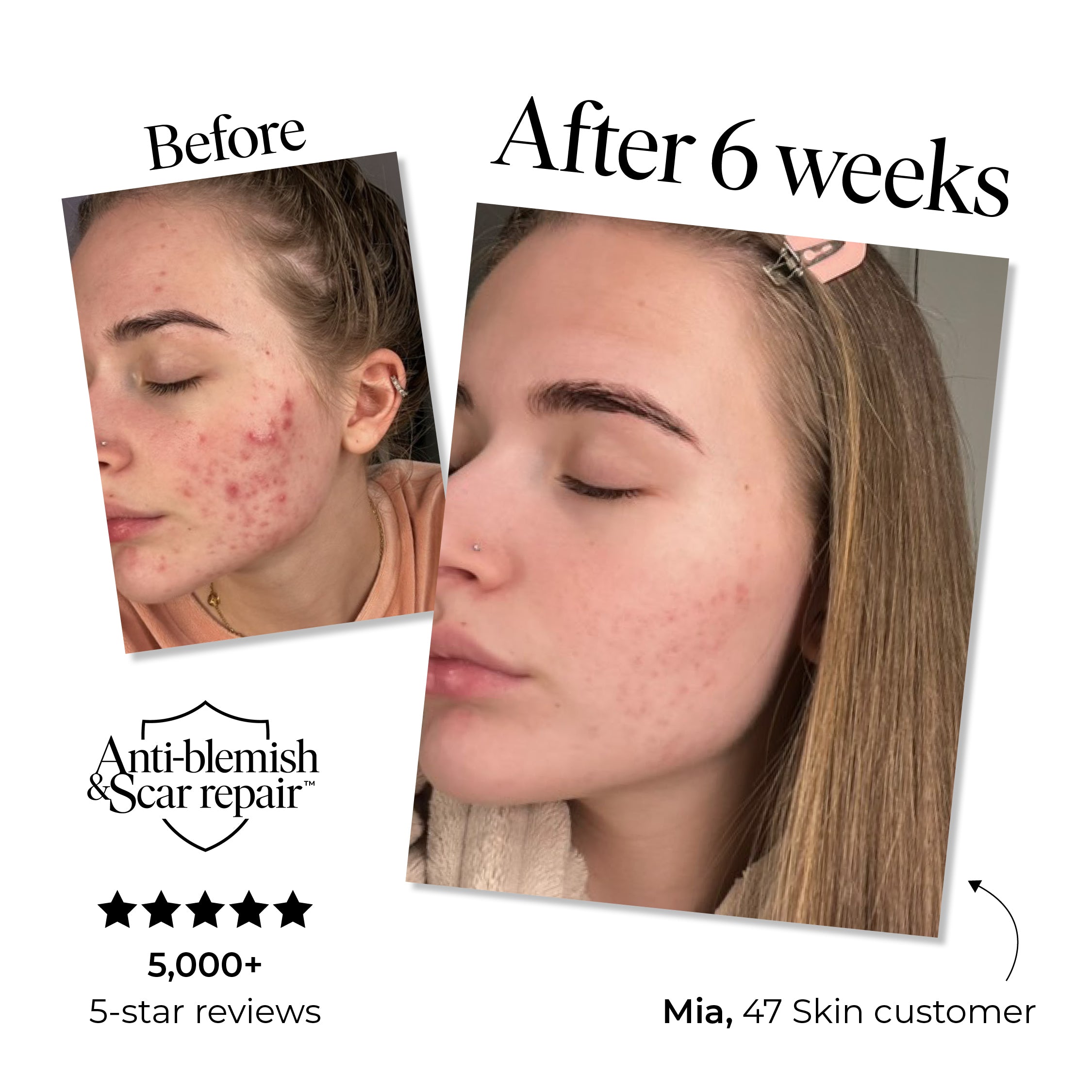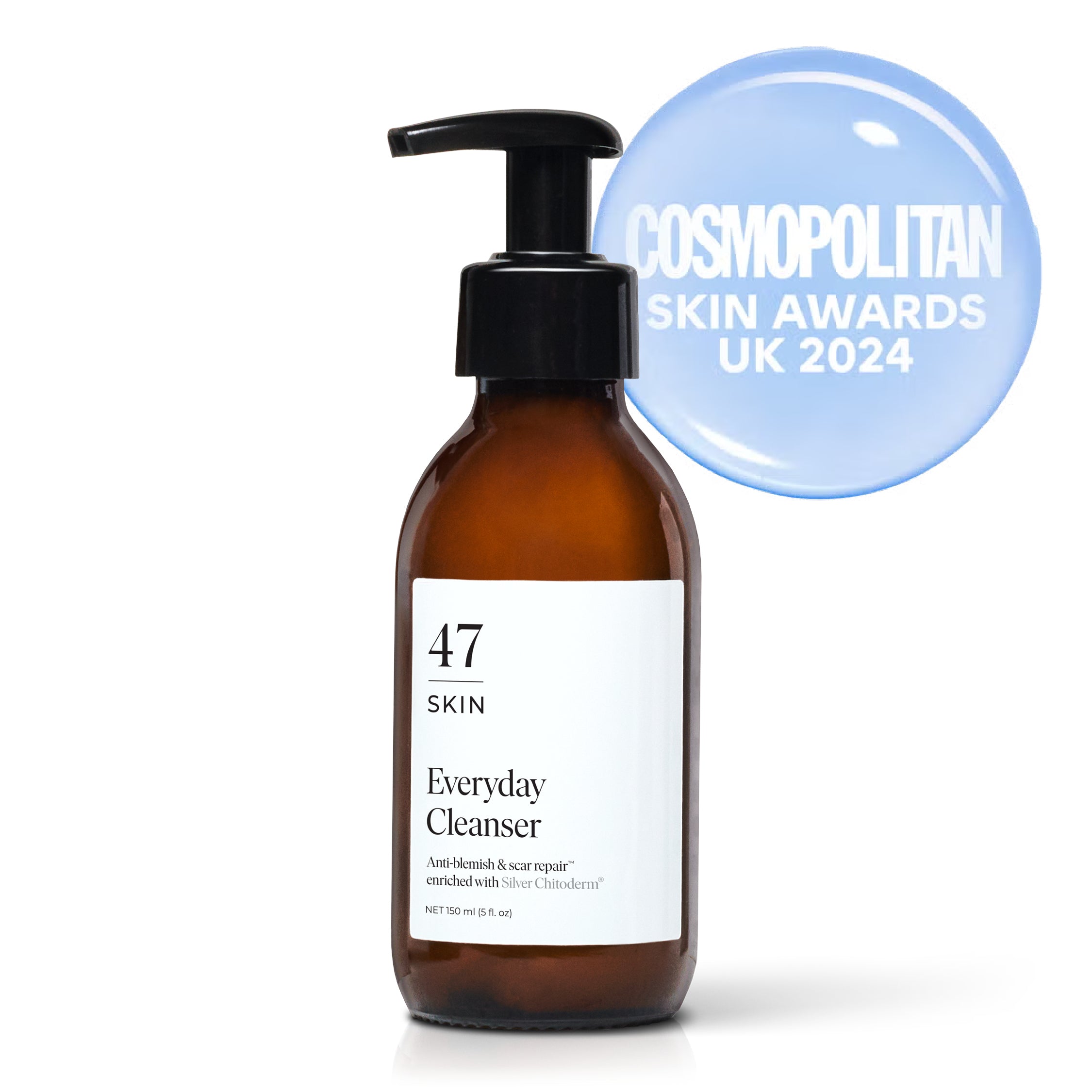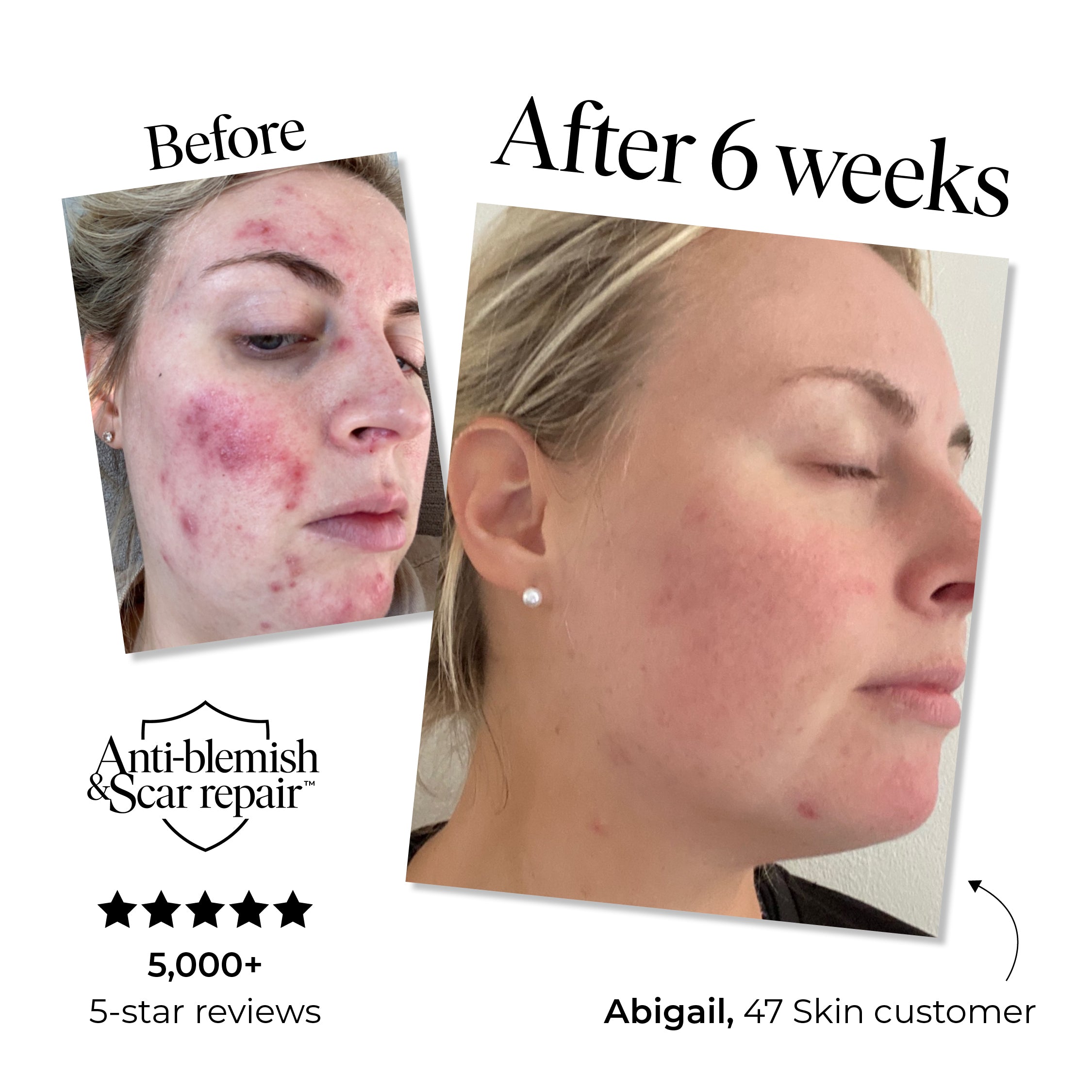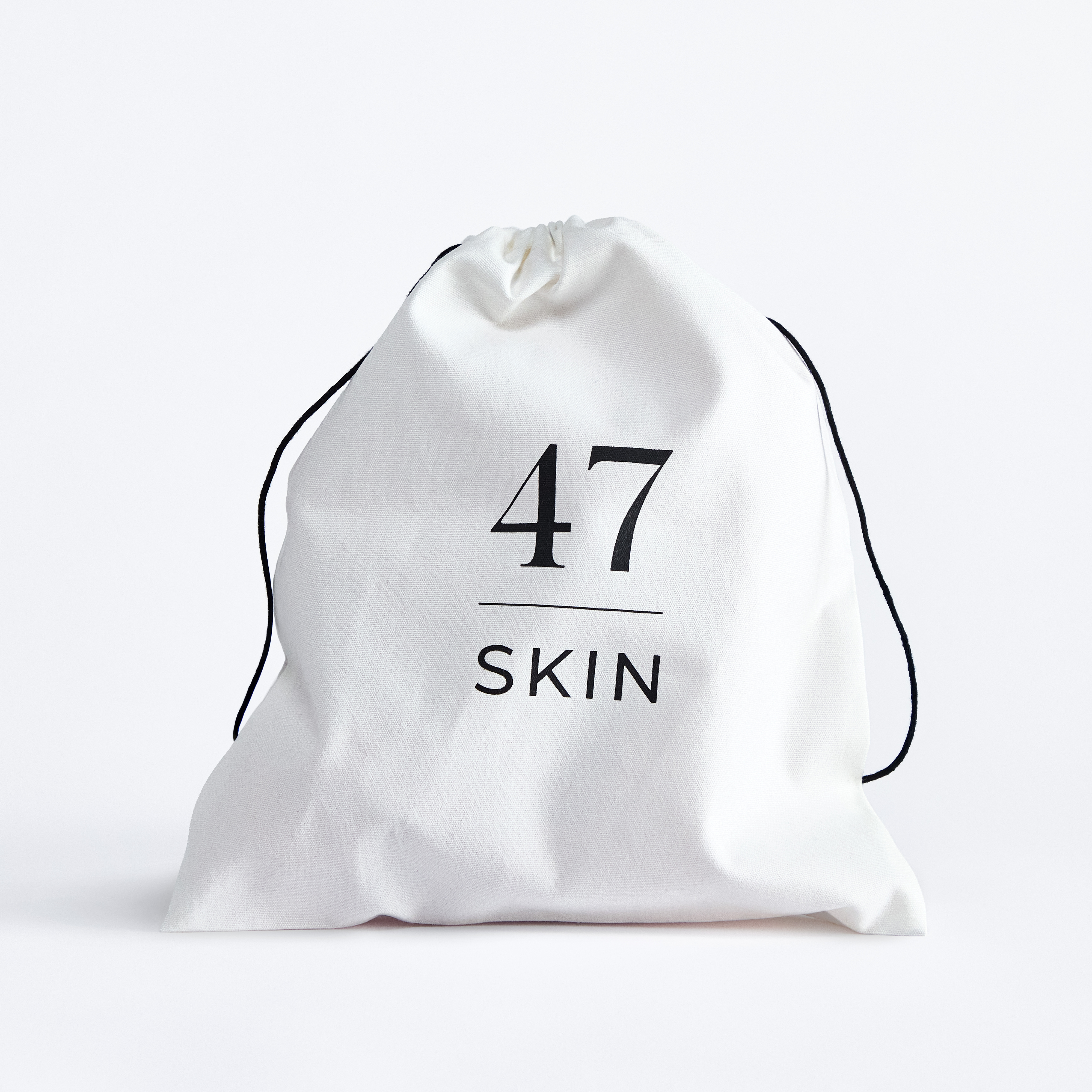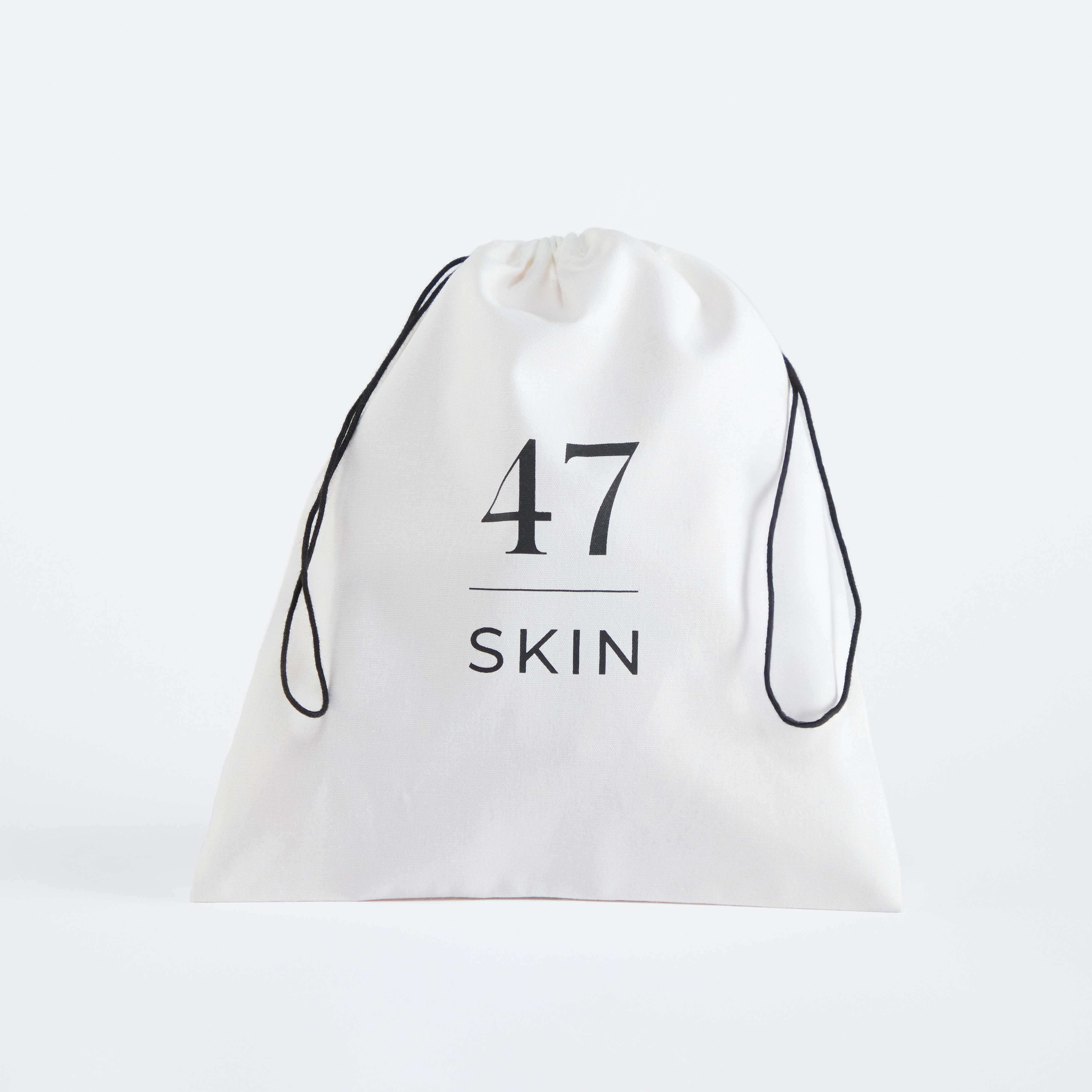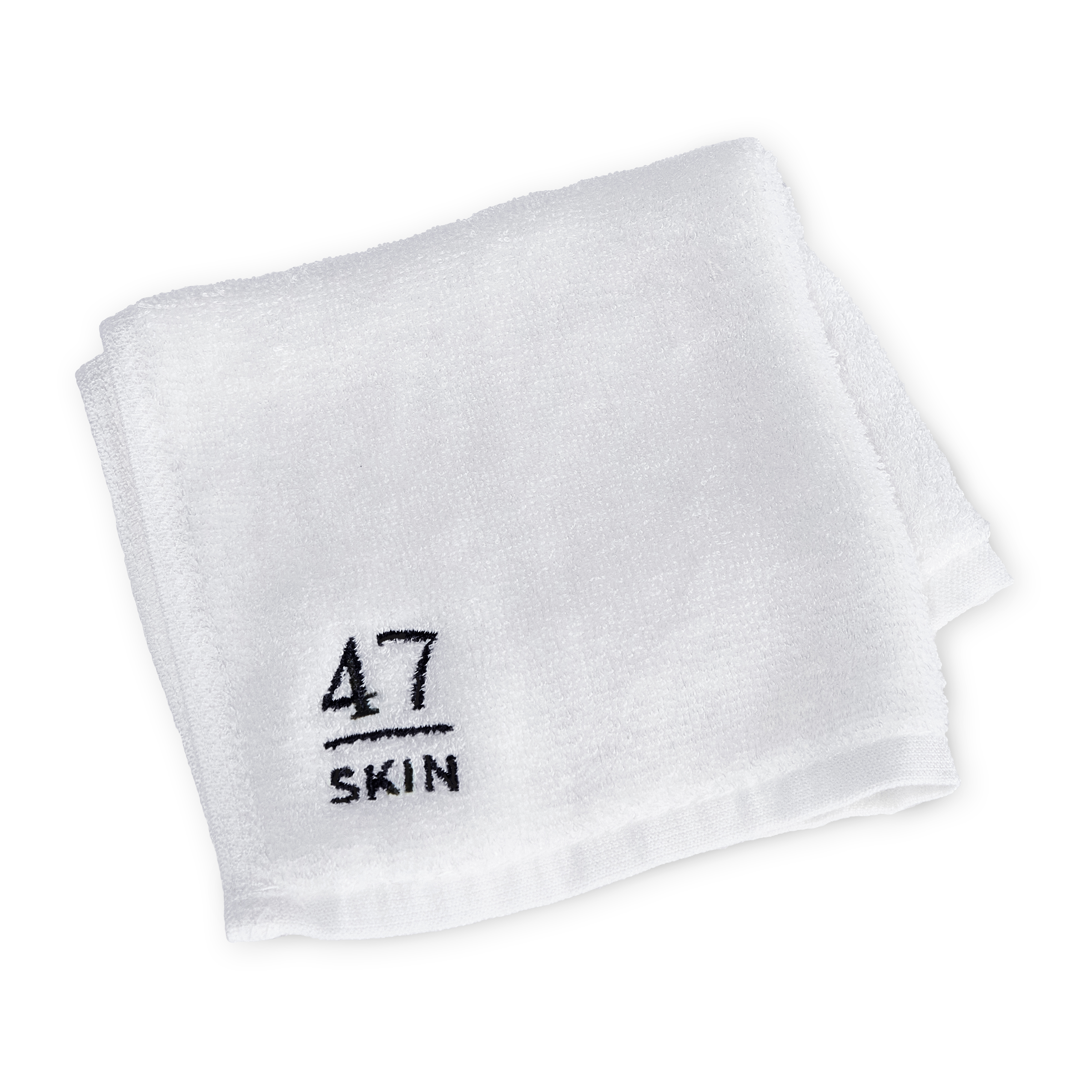
How Melanin Affects Scarring (And How to Fade Dark Marks).
Ever noticed how some scars stick around longer or turn darker on your skin than they do on others? That’s not just bad luck. It comes down to melanin. The pigment that gives your skin its colour.
If you’ve got more of it (meaning medium to deep skin tones), you might be more prone to post-inflammatory hyperpigmentation. That's a fancy way of saying “dark marks after a breakout.”
But don’t worry, we’re not here to scare you. We’re here to explain why it happens, what you can do about it, and how to finally fade those stubborn marks without damaging your skin in the process.
What Is Melanin?
Melanin is the natural pigment in your skin, hair, and eyes. It’s produced by cells called melanocytes in the deepest layer of the epidermis.
Its main job? Protection. Melanin acts like a natural sunscreen, absorbing harmful UV rays. That’s why deeper skin tones often don’t burn as easily. But it also means they can respond differently to trauma, like spots, cuts, or irritation.
How Melanin Impacts Scarring
When your skin experiences inflammation, like after a breakout, it goes into repair mode. For darker skin tones, this healing process can trigger melanocytes to produce excess pigment in the affected area. That’s how you end up with dark spots or patches, even after the breakout is long gone.
This is called post-inflammatory hyperpigmentation (PIH), and while it’s not technically a scar, it can feel just as frustrating.
Lighter skin tones may experience post-inflammatory hyperpigmentation in the form of redness after a blemish, but medium to dark skin tones are more likely to see brown or purple-toned marks that can take weeks or months to fade.
The Challenges of Treating Hyperpigmentation
Here’s the catch: many skincare products designed to treat pigmentation use strong exfoliants or bleaching agents, which can make things worse if they’re not used properly.
Over-exfoliating or using aggressive treatments on melanin-rich skin can lead to more irritation, more inflammation, and, you guessed it, even more pigmentation.
That’s why a gentle, consistent routine is the real hero when it comes to fading dark marks.
The Best Ingredients for Fading Dark Marks
If you’re dealing with stubborn pigmentation, these ingredients are worth having in your skincare routine:
1. Silver Chitoderm®
Yes, we’re biased, but for good reason. Our patented Silver Chitoderm® doesn’t just help fight bacteria (bye, breakouts). It also soothes inflammation, helping to prevent the cycle of spot > scar > dark mark before it even starts.
By calming the skin and supporting the skin barrier, it gives your skin a chance to heal without triggering extra melanin production.
2. Niacinamide (Vitamin B3)
Niacinamide helps regulate melanin production and reduce inflammation. It also improves skin texture and strengthens the skin barrier. Win-win.
3. Azelaic Acid
Great for pigmentation and gentle enough for sensitive skin. It works to inhibit melanin production without irritating the skin.
4. Lactic Acid
A mild exfoliant that helps fade dark spots over time by increasing cell turnover. Perfect if you want results without the sting.
5. Vitamin C
A known brightening agent, it helps fade existing pigmentation and gives your skin a more even tone.
How to Use These Ingredients Safely
You don’t need to use all of them at once. Start slow, patch test, and don’t forget SPF. It’s non-negotiable, whatever your skin tone. UV exposure makes dark marks worse and undoes all your hard work.
Here’s a simple routine to help fade dark marks safely:
AM:
-
Gentle Cleanser
-
Serum
-
Moisturiser with Silver Chitoderm®
-
SPF 30 or higher
PM:
-
Gentle Cleanser
-
Silver-based serum or treatment (like our Anti-Blemish & Scar Repair Serum)
-
Moisturiser
-
Optional 2–3x a week: Targeted treatment serum or mask
Final Thoughts
Your skin is doing exactly what it’s supposed to: protecting and repairing. If you’ve got dark marks, it’s not a flaw. It’s your melanin doing its job.
But if you’re ready to fade those marks and move on, remember: slow and steady wins the skincare race. Be consistent. Be kind to your skin. And always protect your progress with SPF.
With the right ingredients (and a little patience), you can get there without compromising the beauty of your skin’s natural tone.
